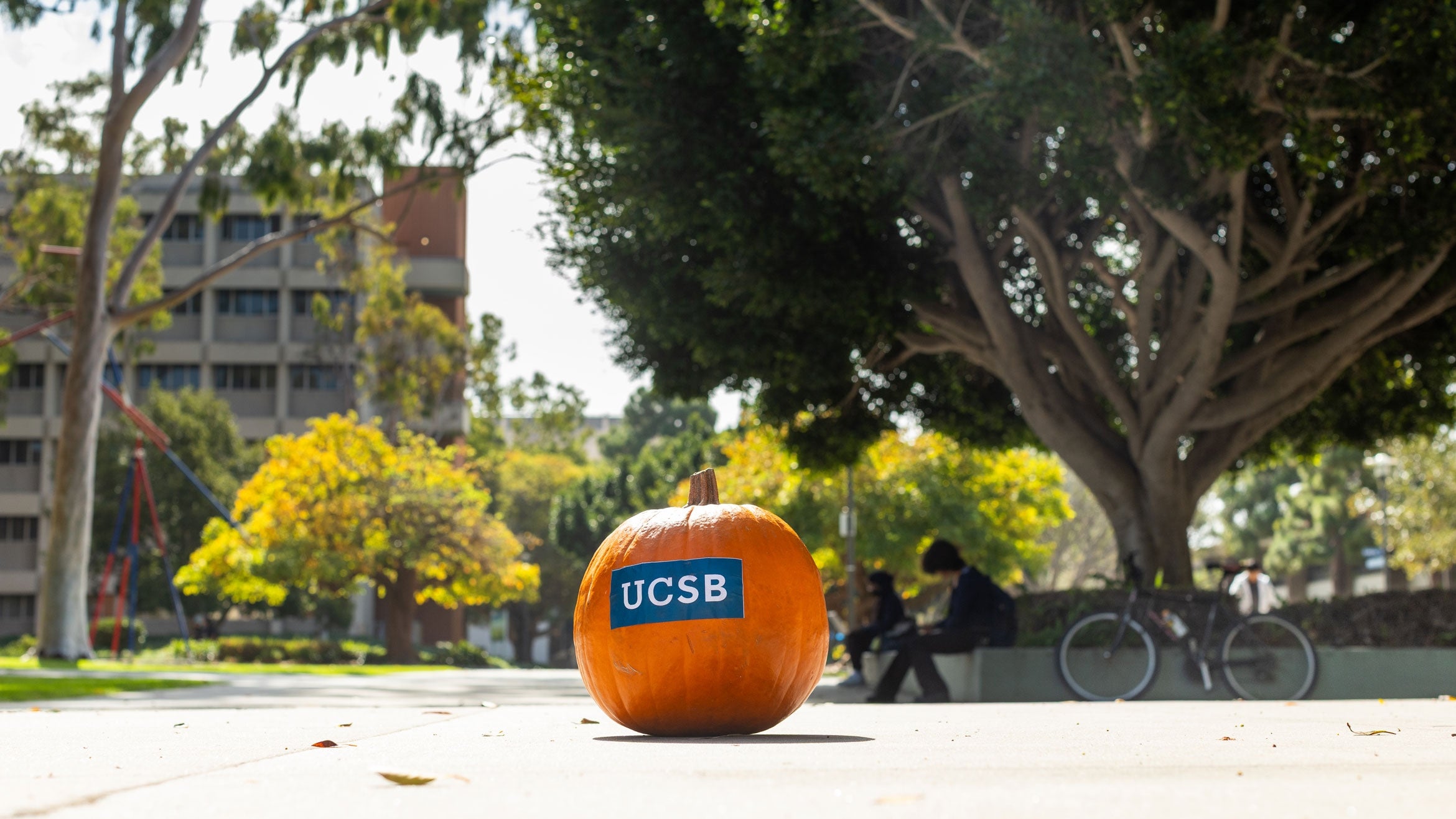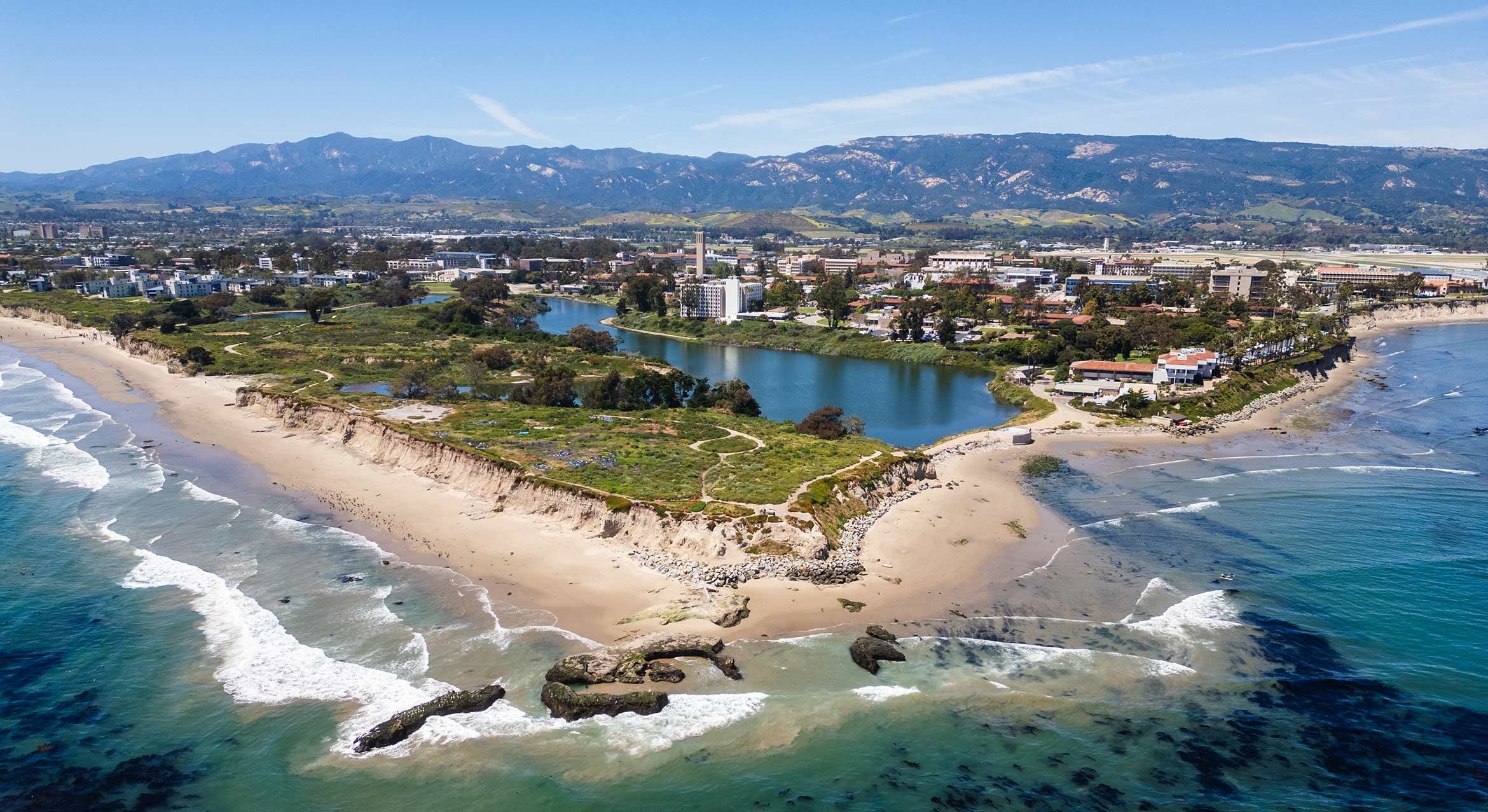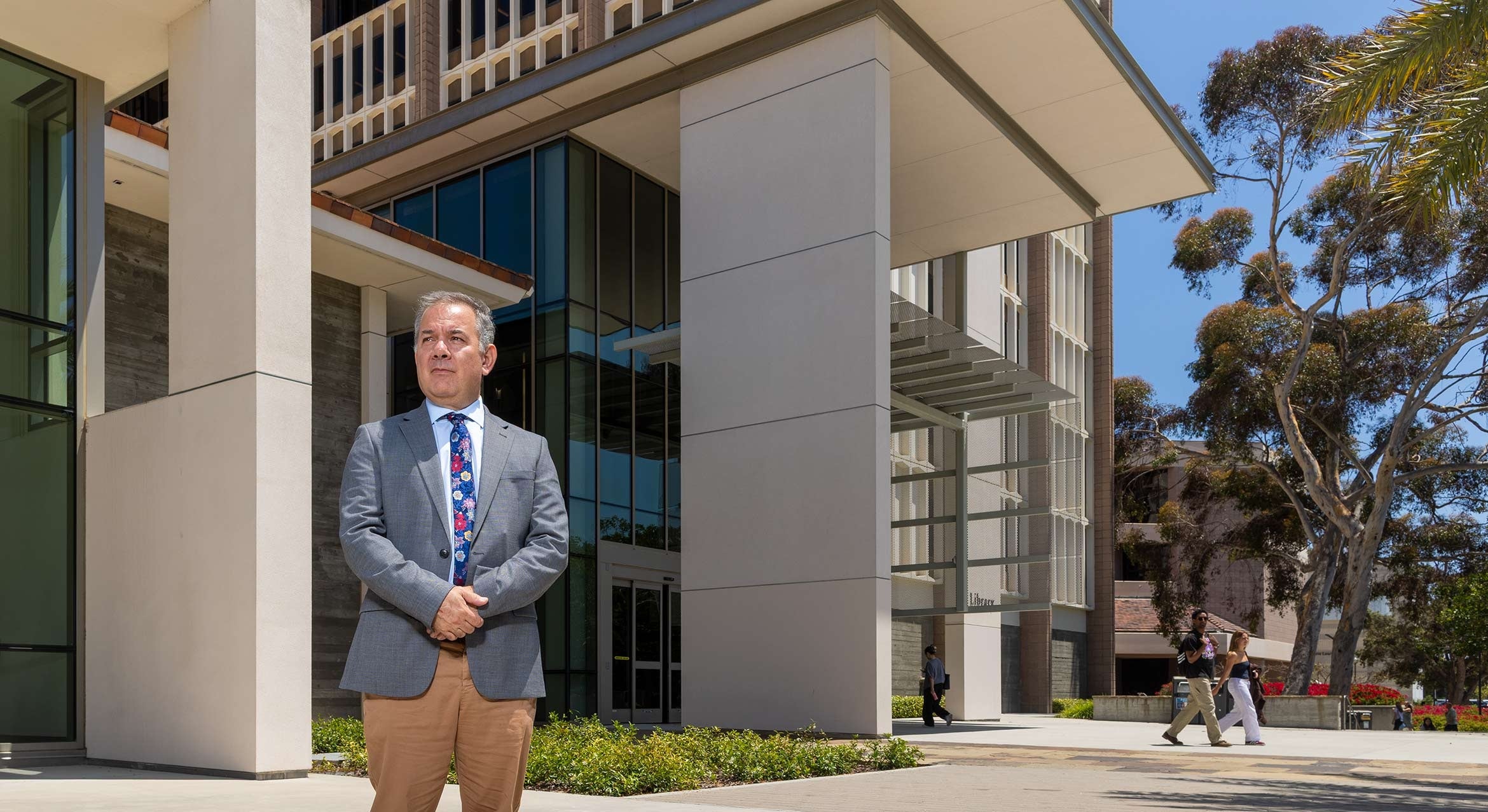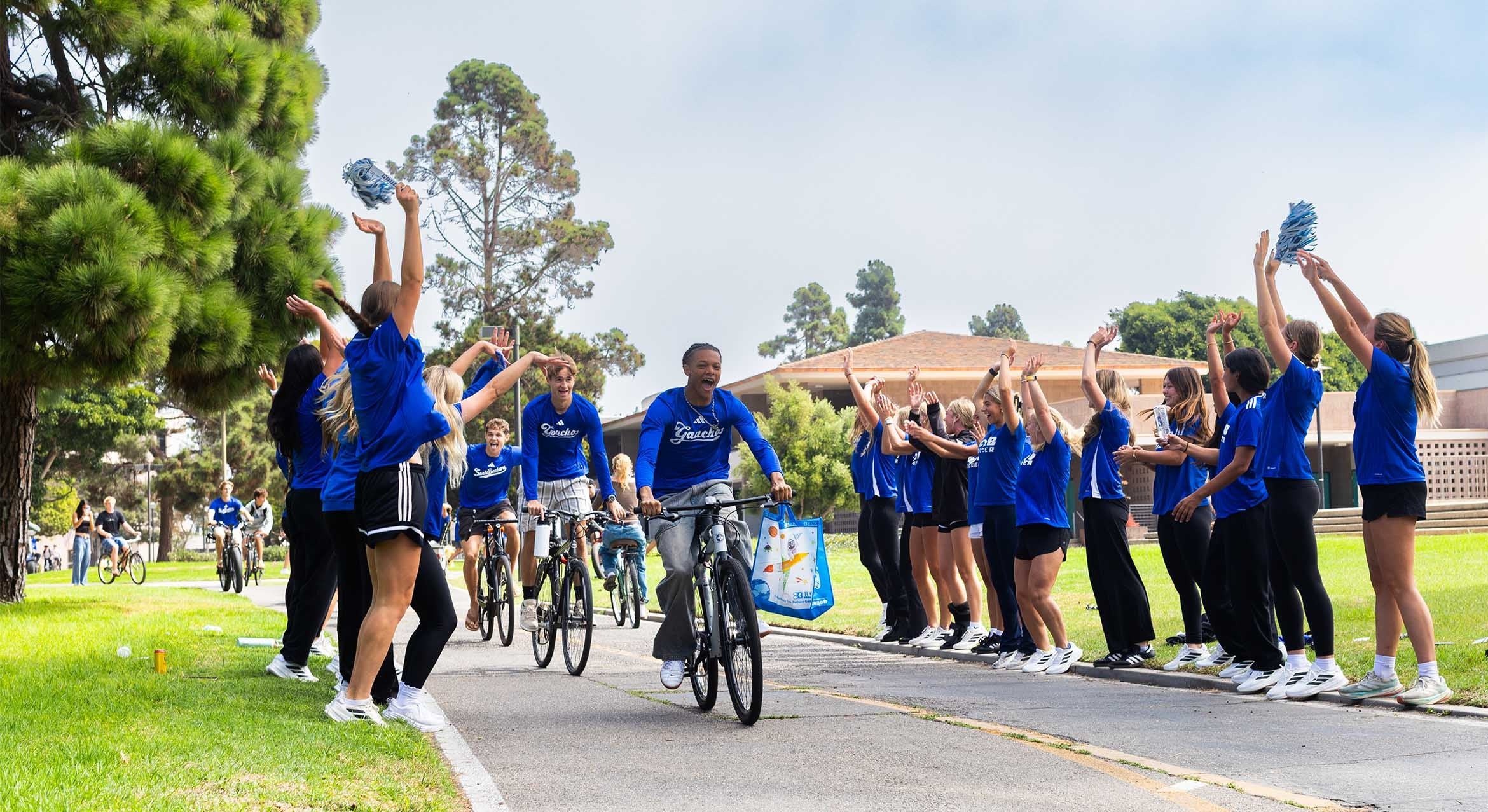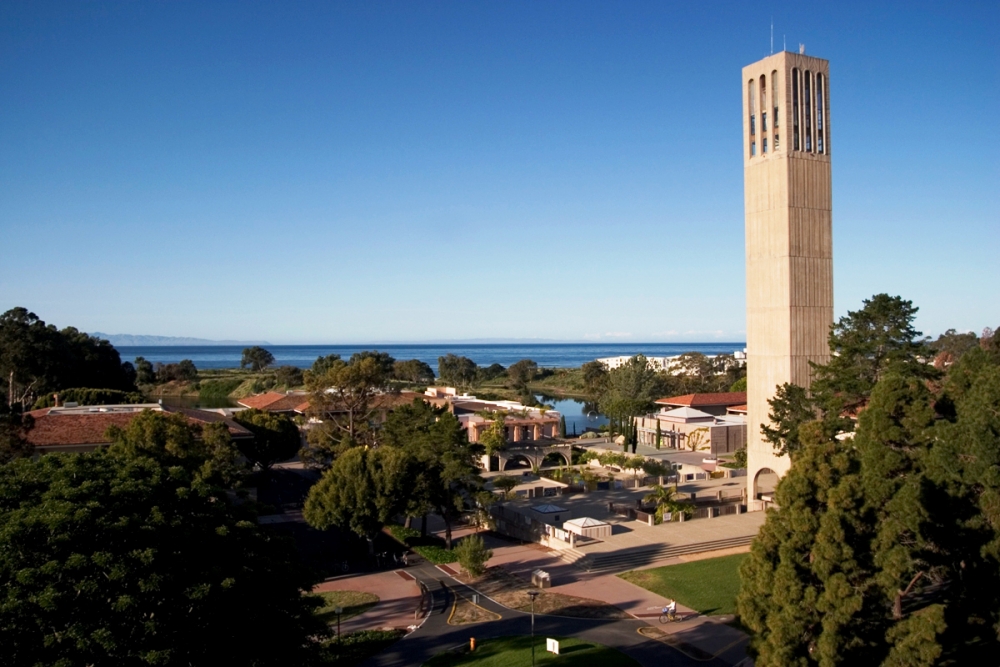
Excellence Affirmed
In its 2017 listing of the “Top 30 Public National Universities” in the country, U.S. News & World Report has ranked UC Santa Barbara number 8.
Among the “Best National Universities” ranking, which includes both public and private institutions, UCSB placed number 37. Within the University of California system, only UC Berkeley and UCLA ranked above UCSB. Other UC campuses in the Top 30 include Irvine, Davis and San Diego.
In addition, UCSB placed number 13 among public universities in the “Least Debt” section of the magazine’s ranking of student debt load at graduation. UCSB’s College of Engineering is ranked number 18 among public universities on the U.S. News & World Report list of “Best Programs at Engineering Schools Whose Highest Degree is a Doctorate.”
The magazine has just released its annual college rankings online at usnews.com/colleges. The print edition of “Best Colleges 2017” guidebook can be purchased online beginning today or in stores Oct. 4.
“We are proud of this national recognition, which places us at No. 8 among the country’s top public universities and further emphasizes our leading role in higher education,” said Chancellor Henry T. Yang. “A reflection of the preeminent stature of UC Santa Barbara, this ranking is the result of the dedication and enormous efforts of our world-class faculty, and the academic distinction of our diverse student body.
“Our greatness,” Yang added, “is the sum of the combined commitment of our students, faculty and staff to academic excellence, diversity, access and affordability.”
To rank colleges and universities for the Best Colleges 2017 guidebook, U.S. News & World Report assigns institutions to categories developed by the Carnegie Foundation for the Advancement of Teaching. UCSB’s category of national universities includes only institutions that emphasize faculty research and offer a full range of undergraduate majors, plus master’s degrees and doctoral programs.
UCSB, which this year experienced the most competitive admissions process in campus history, continues to attract the best of the best. Among prospective freshmen and undergraduate transfer students, academic qualifications and diversity remain exceptionally high. For the 2016-17 academic year, the average high school grade-point average of applicants admitted is 4.21, and the average total score achieved on the required SATR test is 1994 out of a possible 2400.
Of the admitted freshmen, 30 percent are members of underrepresented minority groups (African-American, American Indian and Chicano and Latino students). In addition, 30 percent of admitted freshmen are first-generation college students.
The rankings in the Best Colleges 2017 guidebook are based on data U.S. News & World Report collects directly from colleges and universities, as well as from other sources. This year, the magazine reported that 93.5 percent of the 1,374 colleges and universities it surveyed responded to its request for statistical information. Additional data was obtained from the American Association of University Professors, the National Collegiate Athletic Association, the Council for Aid to Education and the U.S. Department of Education’s National Center for Education Statistics. The magazine evaluates and analyzes data on various indicators of academic quality and assigns a weight to each factor based on its relative importance. It then tabulates composite scores and ranks institutions against others in the same peer group.
UCSB has performed exceptionally well in a variety of other recent national and international rankings. It remains one of the world’s top 10 universities worldwide in terms of research impact, as listed by the 2016 Leiden Rankings. In addition, on Washington Monthly magazine’s list of the nation’s top universities, UCSB placed number 9 among public institutions and number 17 overall. Also, UCSB came in at number 25 among schools with 10,000 or more undergraduates in Teach for America’s 2016 Teaching Corps.
